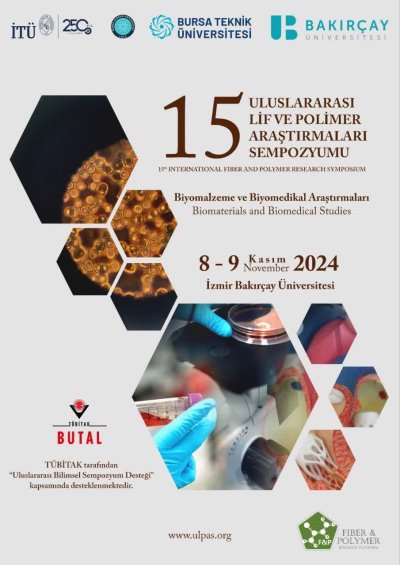0% Complete
Authors :
Keywords :
Abstract :
List of archived papers
Gülnur Başer - Rümeysa Zeynep Kabaca
Burak SOZEN - Halil I. AKYILDIZ
Tuğçe Köroğlu Yatıkçı - Ayşe Çelik Bedeloğlu
Sude Akgül - Ayten Nur Yüksel Yılmaz - Ayşe Çelik Bedeloğlu
Mehmet PAZARLI - TARKAN AKDERYA - Cem GÖK
Dilek ŞARAPNAL - Osman BABAARSLAN
Muhammed Onur Avcı - Edanur Korkmaz - Çisem Gilik - Mustafa Mert Kurdiş - Cansu Güneş - Ahmet AVCI
Furkan Turna - Fatma Demirci
Sümeyra Oğuz - Hakan Altuncu



